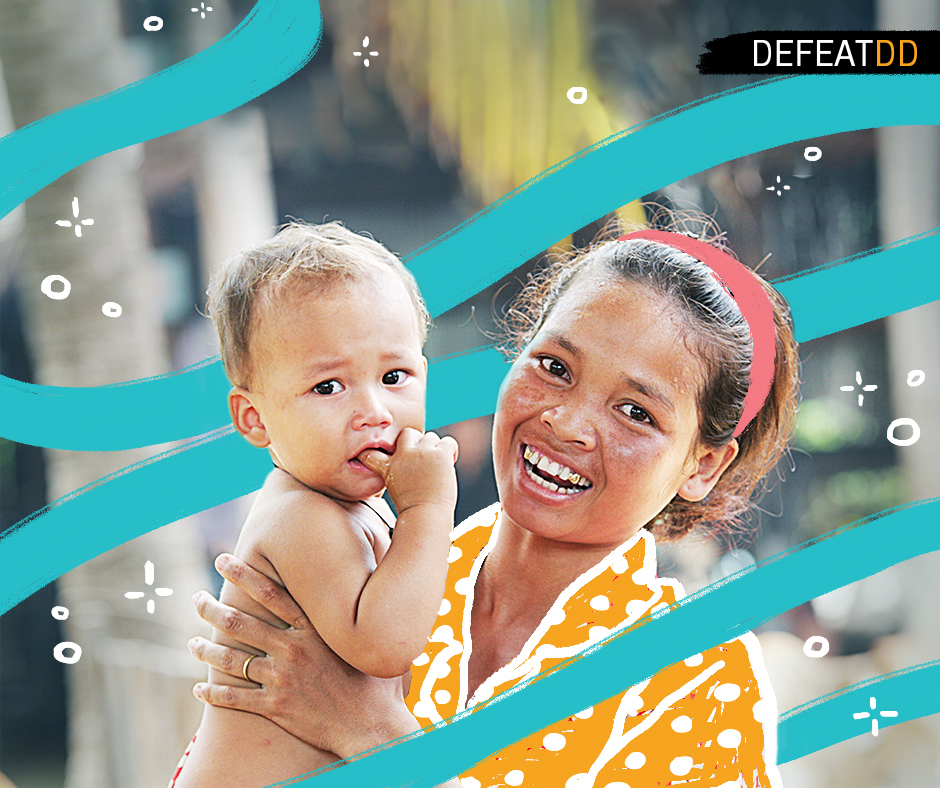
Rediscovering the public health origins of WASH

As COVID-19 continues to surge over the globe, it forces us to reckon with the fact that true global health equity – universal access to primary healthcare – is an unfinished task that we pay for at our collective expense.
Universal access to water, soap, and toilets – historical lynchpins of infectious disease prevention – is a key, underappreciated component of that unfinished task.
WASH: a foundational principle of public health
Water, sanitation, and hygiene (WASH) were some of the original building blocks of primary healthcare.
The link between WASH and disease prevention is a fairly recent medical breakthrough. John Snow’s now-famous identification of a water pump as the source of a cholera outbreak in London established a link in 1854, but it wasn’t until the late 1800s that, thanks to microbiology, researchers could finally pinpoint germs like cholera and typhoid in contaminated water that killed so many children.
The early structural beginnings of what we know of today as prenatal and infant care in the United States began in the early 1900s, before antibiotics and vaccines against common childhood illnesses were available. Advocates cleaned up cities, educated mothers about breastfeeding, clean water, and hygiene, and in 1908, the US government mandated milk pasteurization, which until that point was a major source of contamination.
Child health advocacy – itself a new phenomenon because child deaths no longer felt inevitable – was propelled by the discovery of the power of disease prevention. Infant mortality fell, but not everywhere.
Little effort was made to reach Black families in the rural South, despite the fact that Black babies were dying at twice the rate of white babies in several southern cities. Diarrheal disease, in particular, was rampant in these communities well into the twentieth century.
The enduring inequity of racism and poor health outcomes remains with us today.
Upward progress, but persistent challenges
Fast forward to 2019, a pre-COVID snapshot. In the United States and other high-income countries, sanitation systems and standards are mostly ubiquitous, written into government policy.
Diarrhea is still the second leading infectious killer of children around the world. But in low-income communities, fewer children are dying of diarrhea than ever before. Current efforts are, in many ways, building on the script of early public health efforts in 19th century New York City tenements. Oral rehydration therapy corners in clinics have replaced milk dispensaries as sources of education and support for mothers about hygiene and breastfeeding. And we have new, powerful forms of disease prevention that 19th century advocates lacked: vaccines against rotavirus, cholera, typhoid, and more.
But like the trend in early twentieth century America, the general upward trajectory of child survival masks persistent inequities in formerly colonized and systemically marginalized populations.
Cholera is one contemporary case study in inequity. 90% of cholera cases on the African continent occur in hotspots inhabited by less than 5% of the population. Outbreaks flourish in regions beset by conflict and poverty. The Global Task Force for Cholera Control’s roadmap positions vaccines as a stop-gap measure—prioritizing the hardest hit regions—to buy time for strong WASH systems, the long-term solution to ending cholera.
Routine immunization, for good reason, has become the new bedrock of primary healthcare. At its most basic level, vaccines are simple to count, track, and implement. The economic return on investment is enormous. Though there are last-mile challenges to reach every child, immunization infrastructure has reached more children than perhaps any other health intervention.
Access to WASH, however, lags behind. Sanitation systems can be complex and expensive undertakings. But the expense is nowhere near the physical, mental, and financial toll of surviving without necessities like toilets. Access to water, sanitation, and hygiene could prevent 300,000 child deaths from diarrhea per year.
Routine immunization systems can be an example, an aspiration, and an opportunity for creative WASH solutions. In Nepal, for example, WaterAid piloted a program, now launched nationwide, where health staff used rotavirus vaccine appointments to educate caregivers about WASH.
“Cleaning up” our systems approach
COVID-19’s disruption to routine immunization, essential medicines, and financial security has interrupted the upward trajectory of child survival and exposed fundamental flaws in our health systems. It proves that isolated success is fragile and systemic inequity is a global danger.
Like diarrhea, COVID-19 is an infectious disease. Though the COVID-19 virus is technically new, one of the most essential prevention measures – handwashing – is as classic as it gets in the field of public health.
Especially with diseases for which there is not yet a vaccine – and there are many – WASH remains the essential gatekeeper that fortifies us against infectious threats.
Given its origin story, it’s odd that today WASH implementation and funding often run in parallel to health interventions – despite the fact that WASH is one of the foundational cornerstones of public health. Acknowledgement of WASH as a health tool and close coordination between sectors at the local, national, and global level should be a fundamental part of how we reimagine public health post-COVID. WASH in healthcare facilities is one great example of the inseparable intersection. Sufferers of diarrhea, typhoid, pneumonia, COVID-19, and many more depend on us getting this right.
We call it the universal health revoLOOtion. Will you join us?
For more on the history of child health, check out A Good Time to be Born: How Science and Public Health Gave Children a Future by Perri Klass


